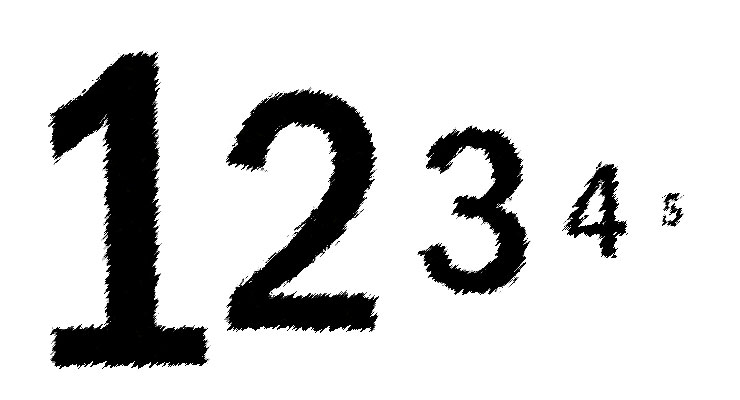
Maine just became the first state to ever use the ranked choice voting system, starting only in 2018. Since then, a flurry of states and localities have been considering a switch to the unique system. A change to ranked voting and away from the universally used plurality voting system is beginning to be seen by many in both parties as a potential gamechanger. The latest such effort is reported at the New Mexico Political Report by Andy Lyman:
Albuquerque could be the next city in the state to adopt a new way of voting in municipal elections, but a looming deadline doesn’t leave city councilors much time to make it happen.
Ranked-choice voting, sometimes called instant-runoff voting, allows voters to rank their choices on a single ballot as opposed to only picking their number one candidate. Santa Fe held their first municipal instant-runoff election last year and about a dozen other municipalities across the U.S. use a similar voting method.
A 2018 change to the state’s election law allows municipalities the option to move their elections to November in order to coincide with state elections, and the law also gives city leaders a chance to switch to an instant-runoff election system.
See the full story here. Other states and localities that have recently seen legislation proposed to make the switch to ranked choice voting include Connecticut, Vermont, New Hampshire, Massachusetts, New Jersey, New York City, Baltimore, and at least two cities in Utah. Click those links for the latest related Democracy Chronicles coverage!
So what is ranked choice voting? According to Democracy Chronicles’ friends at at the nonpartisan nonprofit FairVote, an organization with its headquarters in Takoma Park, Maryland:
Ranked choice voting (RCV) makes democracy more fair and functional. It works in a variety of contexts. It is a simple change that can have a big impact. With ranked choice voting, voters can rank as many candidates as they want in order of choice. Candidates do best when they attract a strong core of first-choice support while also reaching out for second and even third choices.
When used as an “instant runoff” to elect a single candidate like a mayor or a governor, RCV helps elect a candidate that better reflects the support of a majority of voters. When used as a form of fair representation voting to elect more than one candidate like a city council, state legislature or even Congress, RCV helps to more fairly represent the full spectrum of voters.
Leave a Reply